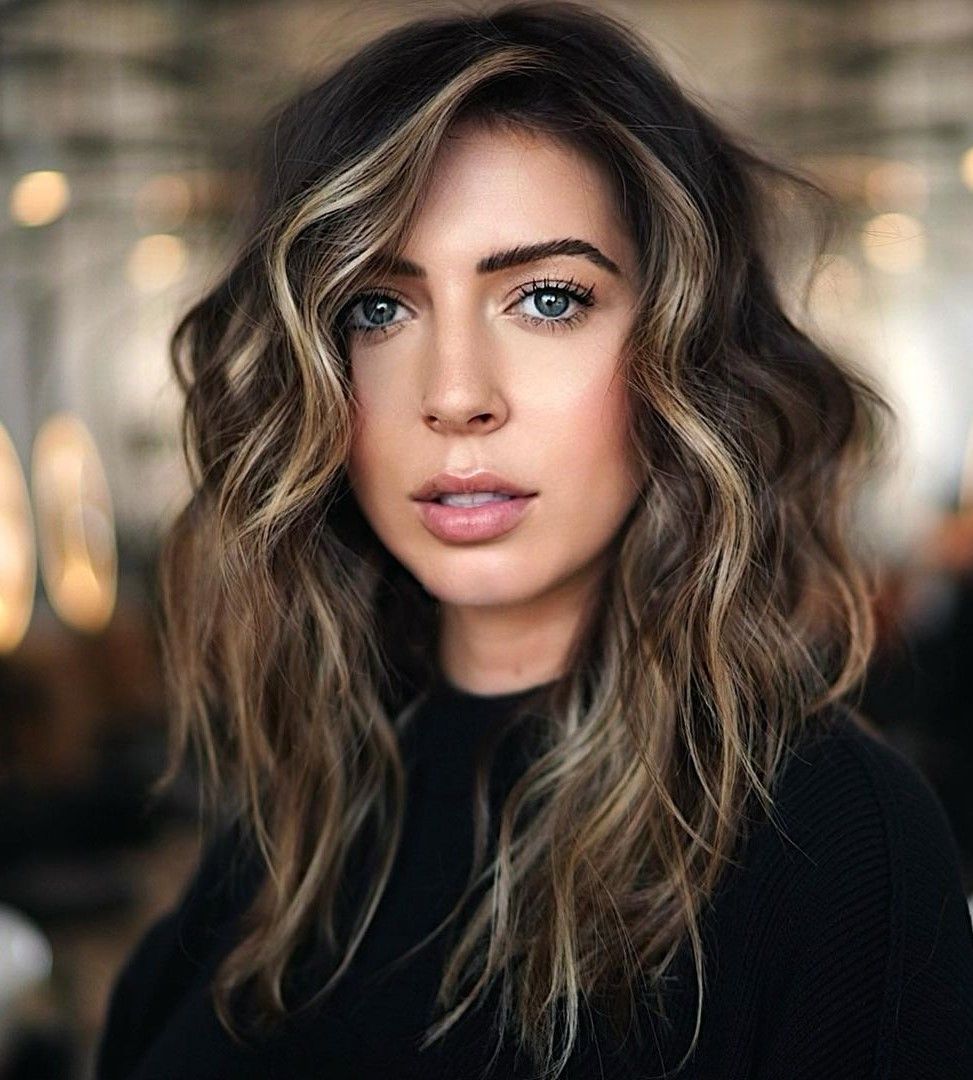The question of partial vs full highlights is common. If you are among those looking to see the difference between those two terms, search no more! We have prepared all the information you need to know about this matter.
What Are Highlights: Types of Highlights
Highlights are a beloved styling solution for many. That’s why, before delving into the differences between partial and full highlights, it’s essential to understand what highlights are. In essence, highlights are sections of hair that are dyed lighter than the natural color of the hair. They add dimension and depth to the overall look, making the hair appear more dynamic and vibrant.
There are various types of highlights that one can opt for, including balayage, ombre, and babylights. Each type of highlight offers a different effect and can be tailored to suit the individual’s personal style and preference. Balayage, for example, creates a natural, sun-kissed look, while ombre results in a more dramatic color transition from dark to light. Babylights, on the other hand, involve adding very fine, subtle highlights throughout the hair for a delicate, soft look.
Partial Highlights
Partial highlights involve coloring only a portion of the hair, typically the top layers and around the face. This technique is perfect for those who want a more subtle, low-maintenance look. It’s also a great option for those who are new to highlighting and want to ease into the process.
One of the main benefits of partial highlights is that they require less maintenance than full highlights. Since only a section of the hair is colored, there is less frequent touch-up required, making it a more cost-effective and time-saving option for many.
Partial highlights are also a versatile option as they can be personalized to suit the individual’s needs and desired look. Whether one wants to add a pop of color to their hair or create a more natural, blended look, partial highlights can be customized to achieve the desired effect.
Full Highlights
As the name suggests, full highlights involve coloring the entire head of hair. This technique is ideal for those who want a more dramatic, impactful look. Full highlights are perfect for those who want to significantly lighten their hair or create a bold, statement-making style.
One of the main advantages of full highlights is that they provide overall brightness and dimension to the hair. By coloring the entire head, full highlights can completely transform the look of the hair, making it appear more vibrant and dynamic.
Full highlights also offer more flexibility in terms of color options and styling. Since the entire head is colored, one can experiment with various shades and tones to achieve a personalized, multi-dimensional look. This makes full highlights a popular choice for those who want to experiment with different color palettes and create a more eye-catching style.
Conclusion
In conclusion, both partial and full highlights offer their own unique benefits and can be tailored to suit individual preferences and needs. Understanding the differences between these two types of highlights can help individuals make an informed decision when it comes to choosing the right highlighting technique for their hair.
Regardless of whether one opts for partial or full highlights, it’s essential to consult with a professional hairstylist to determine the best option based on hair type, color, and desired outcome. With the right technique and expert guidance, highlights can elevate the overall look and add a touch of glamour to any hairstyle.
With this comprehensive guide, you now have a better understanding of the differences between partial and full highlights, empowering you to make an informed decision when it comes to enhancing your hair with beautiful, vibrant highlights.
You can review our digital products by following us on Etsy.





